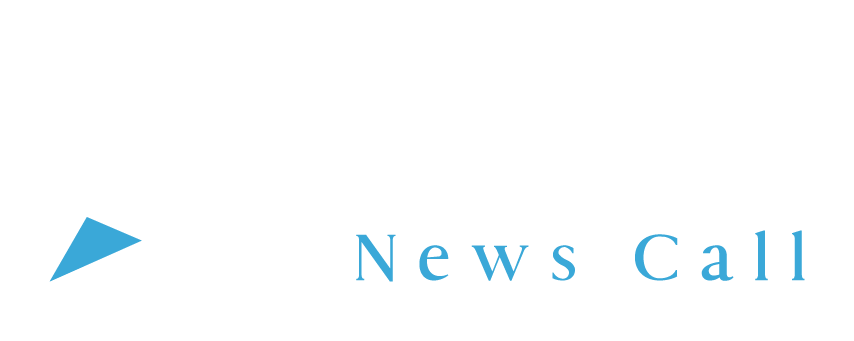According to foreign media reports, under the impetus of advances in artificial intelligence, tampered video content called deepfakes has brought serious and growing risks in the spread of false information. As these changed edits become more and more convincing, a tool that can help distinguish between authenticity and authenticity needs to be developed. Computer scientists from the University of Buffalo have developed a technique to achieve this goal.
It is reported that this new technology recognizes deep forgery in portrait photos by analyzing tiny reflections in the eyes-with an accuracy rate of 94%.
Deep forgery is a kind of artificial media that trains a deep learning algorithm on a real video clip of a person and then mixes it with computer images to generate a fictitious video clip. These are becoming more and more real.
In this regard, experts are increasingly worried about the possible impact of this kind of technology on democracy. Their tampered video shows that politicians seem to say something they have never actually said before, such as the Speaker of the US House of Representatives Nancy Pere. Rosie, the video of her talking has been tampered with.
The research by the University of Buffalo team was led by computer scientist Siwei Lyu, who tried to develop a new deep forgery detection tool by exploiting tiny deviations in eye reflections. When looking at something in real life, the reflection of the object in people’s eyes is the same shape and colour.
“End corneal almost like a beautiful semicircular, and has a strong reflecting capacity,” said Lyu, “therefore, any light emitted from the light source entering the eye is imaged on the cornea something reflective mode both eyes It should be very similar because they see the same thing. We don’t usually notice this when we look at a face.”
But the situation with deep forgery is different. Lyu and his team developed a set of computer tools to target this defect. They first draw the face, examine the eyes, then the eyeballs, and then the reflection of light on each eyeball. After a very fine detail comparison, the tool can find the difference in shape, light, and intensity of reflected light.
The research team tested their new tool on a combination of real people and deep fakes and found that it can distinguish the latter with an efficiency of 94%. Although this number seems very promising, the research team pointed out that this method still has some limitations. One of them is that these deviations can be repaired by editing software, and the detected image must show a clear vision of the eye.

